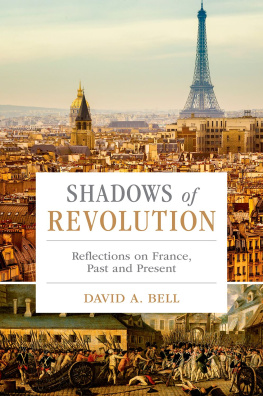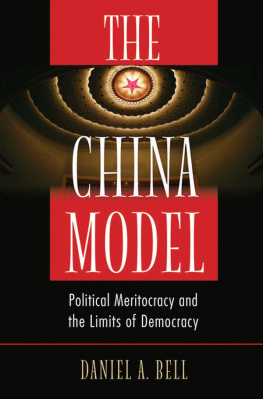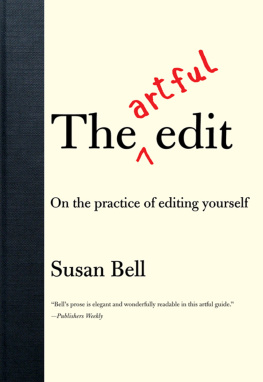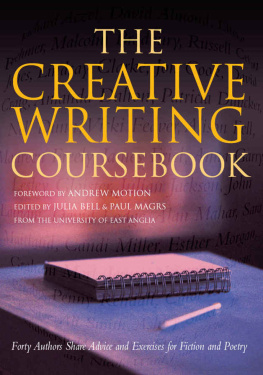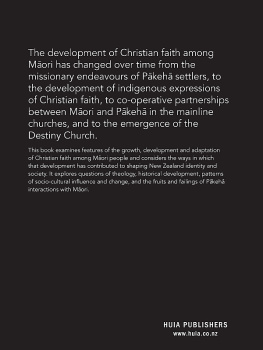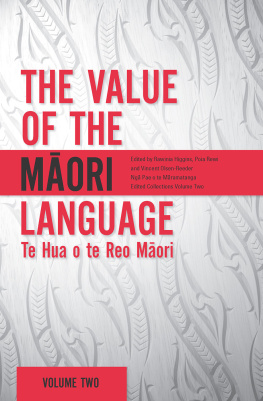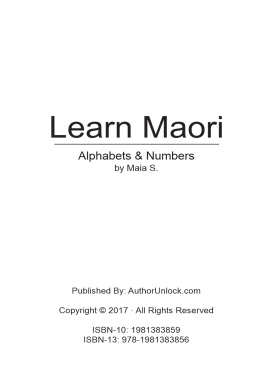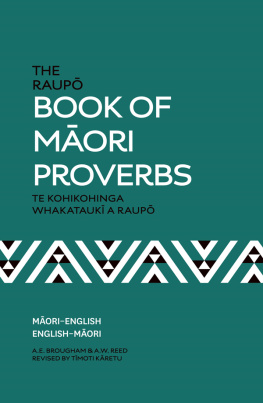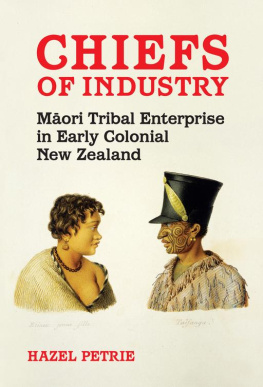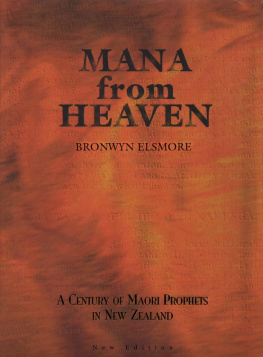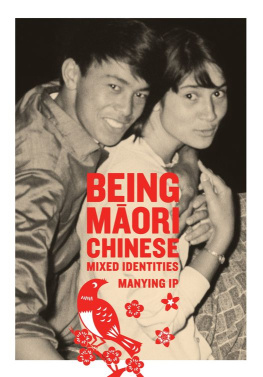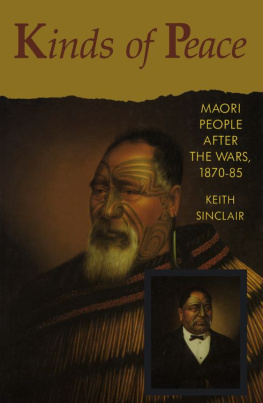Colonial Constructs
Colonial Constructs
European Images of Maori
18401914
Leonard Bell
First published 1992
This ebook edition 2013
Auckland University Press
University of Auckland
Private Bag 92019, Auckland 1142
New Zealand
www.press.auckland.ac.nz
Leonard Bell 1992
This book is copyright. Apart from fair dealing for the purpose of private study, research, criticism, or review, as permitted under the Copyright Act, no part may be reproduced by any process without the prior permission of Auckland University Press.
eISBN 978 1 86940 640 0
This publication is supported by a grant from the visual arts publication programme, Queen Elizabeth II Arts Council of New Zealand.
How did early European settlers in New Zealand perceive the Maori? What sort of images of Maori society and culture did European artists create? What preconceptions and aesthetic models lay behind these depictions?
These are some of the questions explored by art historian Leonard Bell in this major study of representations of Maori by European artists in colonial New Zealand. These artists include G. F. Angas, J. J. Merrett, J. A. Gilfillan, W. Strutt, N. Chevalier, H. G. Robley, G. F. von Tempsky, G. Lindauer, and W. Dittmer.
Leonard Bell is interested in the complex and unbalanced cultural interchange between European and Maori in nineteenth-century New Zealand and in the relationship between visual representation and the ideology of colonialism. He shows how the great range and variety of pictures of Maori often revealed more about the artists, their society and its attitudes, than they did about the Maori themselves.
This lively and readable book is well illustrated with examples of the artists' work and is an important contribution to our understanding of colonial New Zealand and of the role played by the artist in expressing and creating cultural patterns.
Auckland University Press
Leonard Bell teaches art history at the University of Auckland and is the author of The Maori in European Art (1980).
The front jacket incorporates a reproduction of a painting by William Strutt, 1825-1915, Hare Pomare and His Wife Hariata and Infant Son Albert Victor, and a Chieftain Who Accompanied Them to England, November 1863, oil on canvas, 296 x 296mm, Rex Nan Kivell Collection NK5651, National Library of Australia, Canberra.
Jacket design by Neysa Moss.
Contents
List of Illustrations
Note Fig. and Colour Plate in text refer to representations reproduced in this book and included in the List of Illustrations. Plate refers to the plate number of a representation in or reproduced in a book referred to in the text.
Colour Plates
Black and White Reproductions
Acknowledgements
I wish to thank Michael Dunn, Elizabeth Caffin, Bernard Smith, and Roger Collins for encouraging me to write this book, and John Barnett and Gillian Kootstra for their painstaking editing. I extend my thanks to all those people in art galleries, museums, and libraries in New Zealand, Australia, Great Britain, Germany, and Czechoslovakia who assisted my research and in the preparation of the visual materials used in the book in particular Marian Minson and Moira Long of the Alexander Turnbull Library, Tim Garrity of the Hocken Library, and Roger Blackley of the Auckland City Art Gallery.
I am very grateful for an Auckland University Research grant towards the costs of photographs and transparencies. I thank Lyn Oppermann too for her help in ordering this material. And I am grateful to all others who assisted me in any way in the research for and preparation of this book. In the case of a few of the images reproduced I have been unable to locate the owners. I hereby acknowledge them also.
Finally, my heartfelt thanks to Sylvia, my wife, and Miriam and Naomi, my daughters, for their love, support, and encouragement over the years.
Abbreviations
A.C.A.G. | Auckland City Art Gallery |
A.P.L. | Auckland Public Library |
A.S.A. | Auckland Society of Arts |
A.T.L. | Alexander Turnbull Library |
Grey Collection | [Sir G. Grey] Autograph Letter Collection, A.P.L. |
Hare Pomare and Family | Hare Pomare, His Wife Harriet and Infant Son Albert Victor, and a Chief Who Accompanied Them [sic] to England, November 1863 [Strutt] |
I.L.N. | The Illustrated London News |
Interior | Interior of a Native Village or Pa in New Zealand [lithograph after Gilfillan] |
Korero | Maori Korero: Native Council Deliberating on a War Expedition [Gilfillan] |
N.L.A. | National Library of Australia, Canberra |
Narrative | A Narrative of a Nine Months Residence in New Zealand; Together with a Journal of Residence in Tristan dAcunha, an Island Situated between South America and the Cape of Good Hope, 1832 [A. Earle] |
S.A.M. | South Australian Museum |
Savage Life | Savage Life and Scenes in Australia and New Zealand, 1847 [G. F. Angas] |
Sketches | Sketches Illustrative of the Native Inhabitants of New Zealand, 1838 [A. Earle] |
T.N.Z.I. | The New Zealanders Illustrated, 1847 [G. F. Angas] |
1846 Cat. | A Catalogue of Paintings by George French Angas Illustrative of the Natives and Scenery of New Zealand and South Australia. Also Sketches in Brazil, Cape Verde Islands, New South Wales, etc., 1846 |
Introduction
Every text takes shape as a mosaic of citations; every text is the absorption and transformation of other texts.
Julia Kristeva
To represent someone or even something has now become an endeavour as complex and as problematic as an asymptote, with consequences for certainty and decidability as fraught with difficulties as can be imagined.
Edward Said
T his book deals with visual representations of Maori by Europeans from the time of the first organised European settlement in New Zealand to the period in which the transition was made from mature colony to independent nation. The book is not simply a survey of all such representations, of which there were many in a variety of media, genres, and styles. Nor does it survey the careers of, or complete bodies of representations of Maori by the particular artists whose works are otherwise discussed. Rather, attention is focused on only a small proportion of the oil paintings, watercolours, drawings, lithographs, and engravings produced. In most instances, but not exclusively, these are works by or after professional artists or aspiring professionals, and/or works, not necessarily fine art images, that were exhibited, published, made for sale, or collected in Australasia or Britain, produced for or commissioned by galleries, museums, and leading figures and institutions connected with the colonisation of New Zealand. Aesthetic quality was not necessarily a criterion for selection of the works discussed, even though their original audiences may have considered them of high quality. Some images or groups of images are examined in detail, others less intensively. Those concentrated on tend to be either key images of their type or period, or are by artists who were major or well-known figures. Various individuals and works are singled out because they provide the most useful material for the detailed investigation of meanings and uses of visual representations of Maori in specific European socio-cultural contexts. The works discussed and referred to should suggest the range and variety of visual representations of Maori generally, while the concentration on particular works or groups of works, either packaged together in books or exhibitions or brought together in collections, is geared to the exemplification of themes, problems, and features central to the representation of Maori.
Next page

